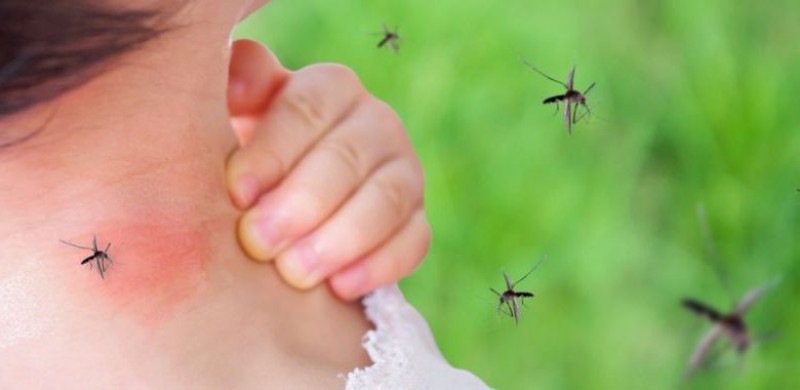The Dominican Republic is grappling with a significant public health challenge as the Ministry of Public Health (MSP) reports a sharp rise in malaria and dengue cases. As of this year, 46,218 suspected cases of malaria have been recorded, marking a 20% increase compared to the same period in 2024. Despite this alarming rise, confirmed malaria cases have decreased by over 15%, from 962 to 810, with no fatalities reported. The southwestern provinces, including Azua, San Juan, and Elías Piña, remain the primary transmission hotspots, accounting for 95% of cases. The MSP attributes this concentration to the region’s endemic corridor, exacerbated by poverty, inadequate housing, limited access to clean water, and the presence of Anopheles mosquito breeding sites. On the dengue front, health authorities have identified 1,672 suspected cases, 258 confirmed cases, and 15 severe cases, with no deaths reported. The disease predominantly affects school-age and adolescent males, particularly those aged 10 to 19, due to greater outdoor exposure and limited preventive measures. In response, the MSP has urged the public to eliminate mosquito breeding sites, enhance health education, and strengthen community surveillance. Additionally, the country has recorded 144 maternal deaths, with Santo Domingo, Santiago, and La Altagracia reporting the highest numbers. Infant and neonatal deaths have also been noted, with cumulative totals of 1,542 and 1,323, respectively.
